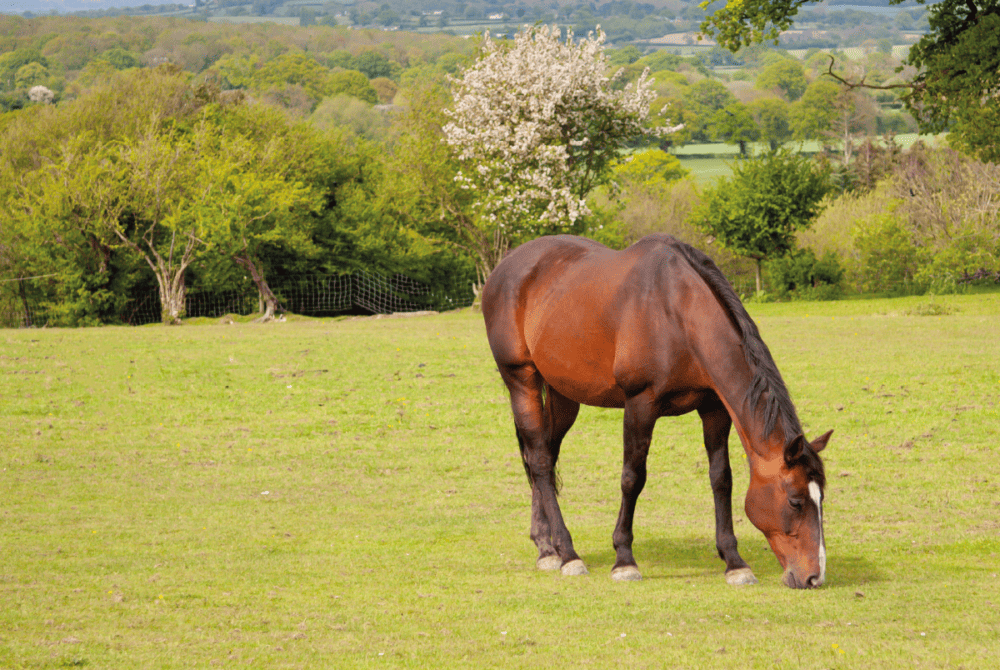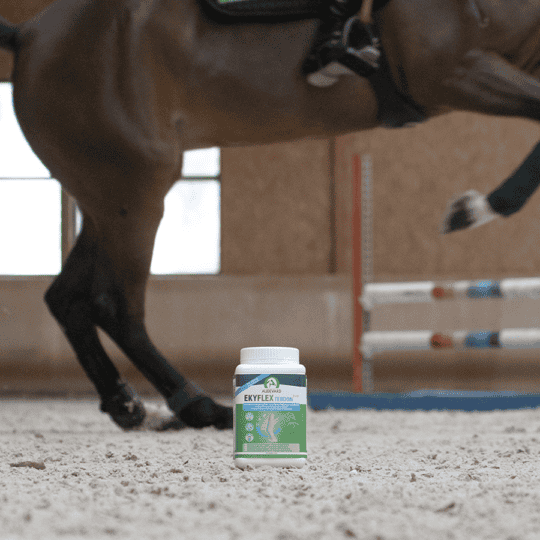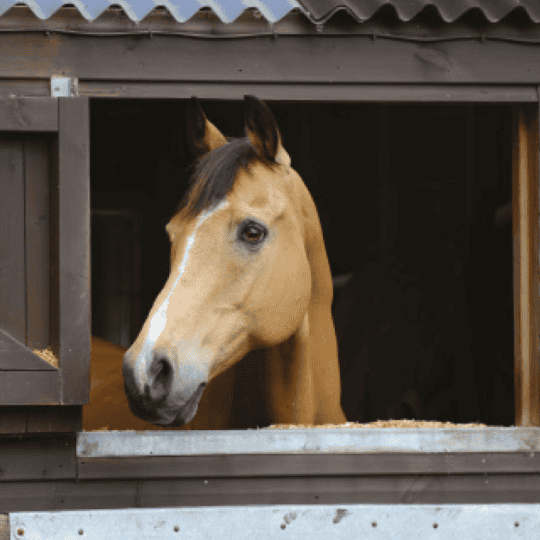Stomach trouble
Posted 16th February 2024
Vet Lucy Penrose discusses how you can treat and help prevent painful gastric ulcers in your horse

It’s widely acknowledged that gastric ulcers are no longer a condition found only in racehorses and competition horses, but something that can affect any equine. Luckily, understanding the causes, spotting the symptoms and following the correct treatment regimes can help you manage this painful condition should your horse have the misfortune to be affected.
Did you know?
There are multiple treatment options available and the best-suited ones depend on the area of the ulcers.
A tale of two halves
The horse’s stomach is split into two separate areas. The squamous mucosa lies in the top half of the stomach and the glandular mucosa in the bottom half.
The squamous area acts as a catch-all for the food being swallowed and has no protection from stomach acid. As a result, this is the area in which we often see what are known as splashback lesions, when gastric acid has splashed from the bottom of the stomach and burnt the mucosa.
Squamous ulcers (commonly known as splashback lesions): These lesions are often found around the margo plicatus, which forms a distinct line between the two regions. In a horse without ulcers, it appears as a clean line as though drawn with a pen, but when damaged or burnt, it becomes irregular.
Glandular ulcers: The glandular region of the lower stomach is where the gastric acid sits and the food is digested, and this area normally has a protective layer of mucus to prevent damage from the acid. As a result, ulcers are less common here, but when this layer fails, lesions may develop, which can be more difficult to resolve than squamous ulcers. Ulceration found in the glandular section of the stomach is called equine glandular gastric disease (EGGD).
Appreciating the differences in the sections of the stomach is important for understanding not only the ulcers that form there but also how treatment works and how ongoing management helps prevent recurrence.
Learn more about how to prevent and treat gastric ulcers in Spring Horse&Rider. Grab your copy today!











